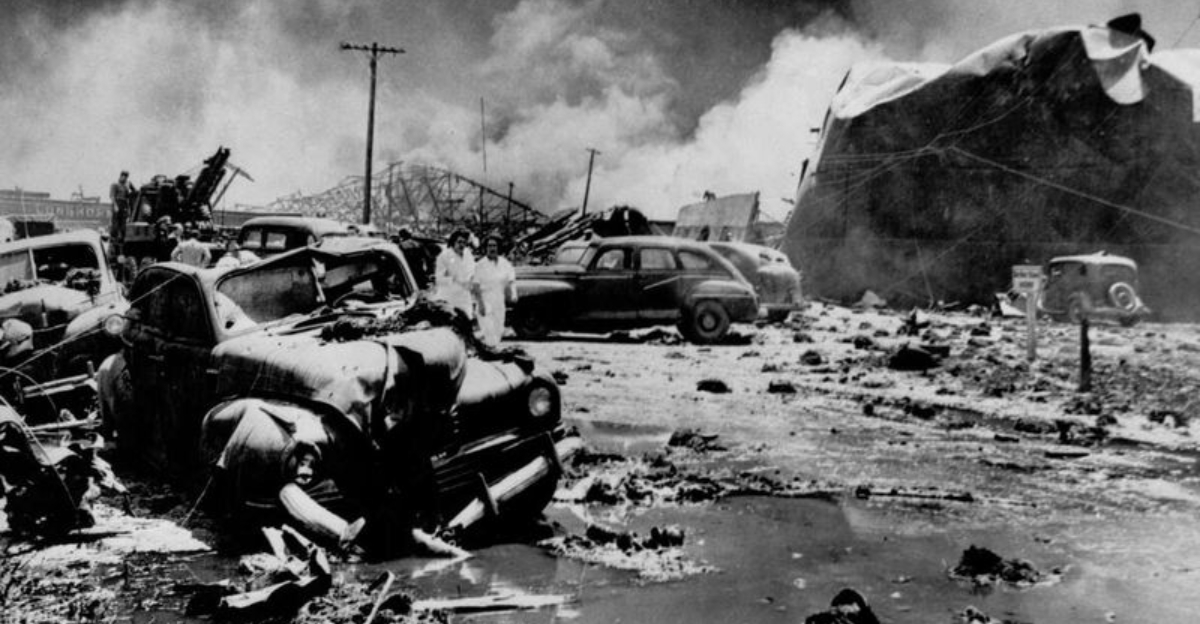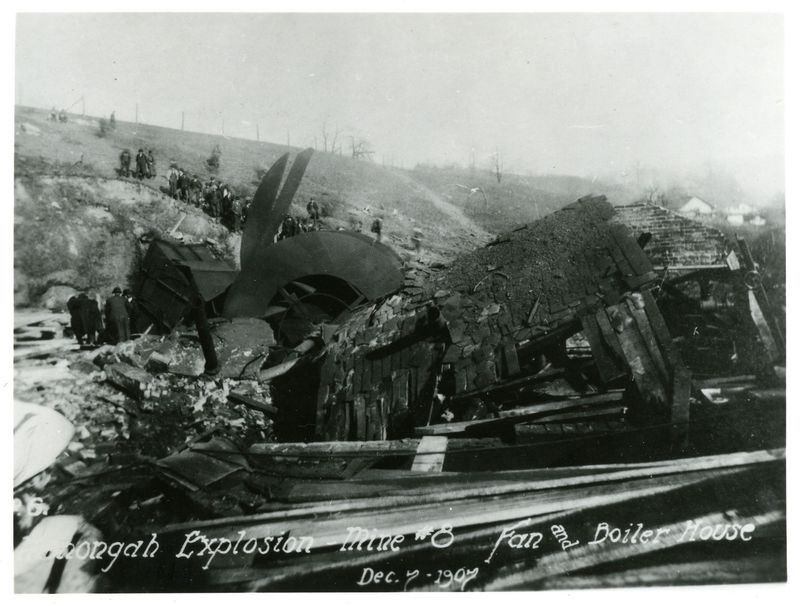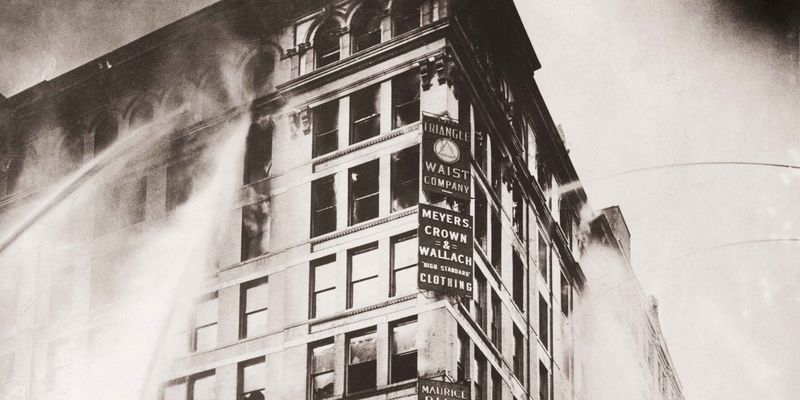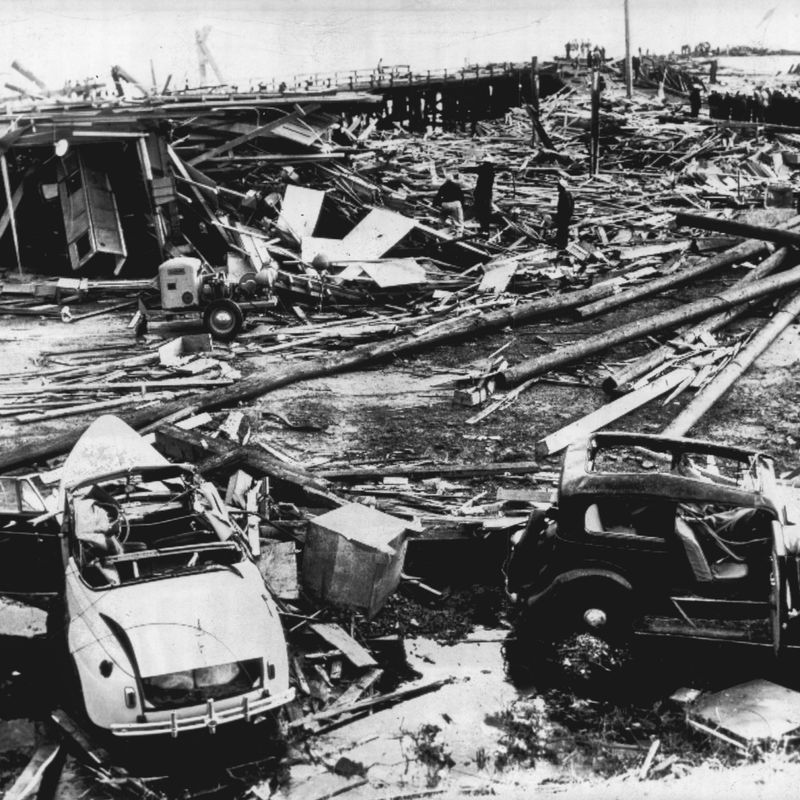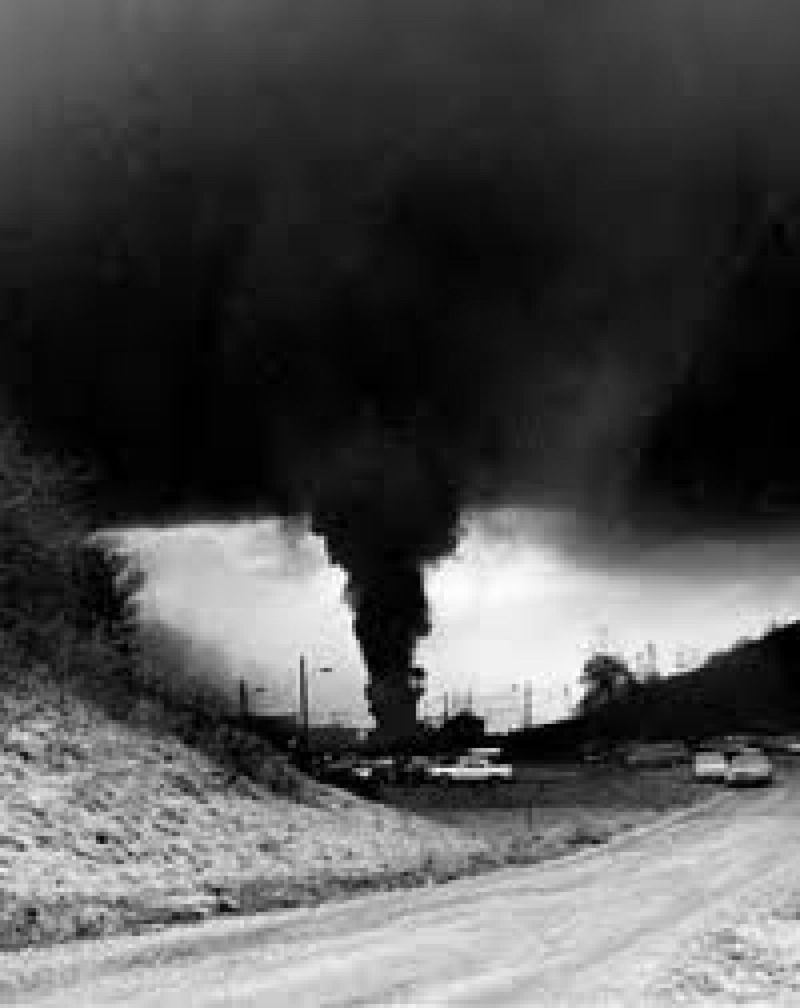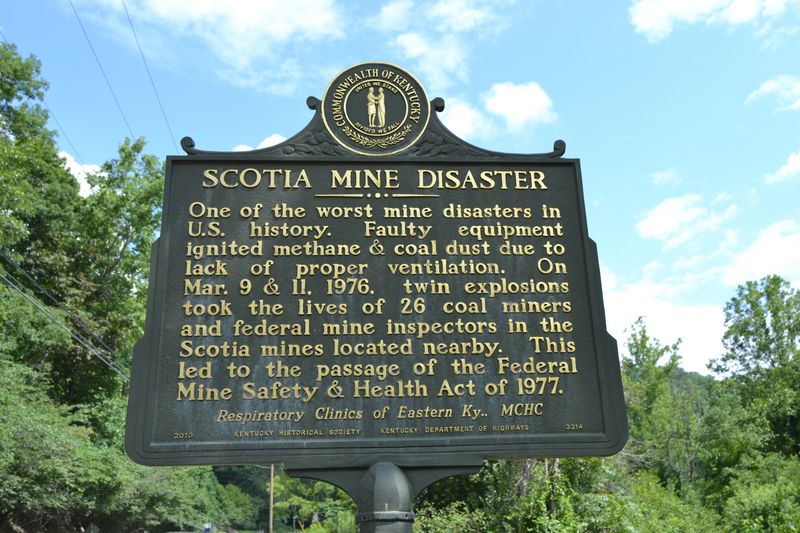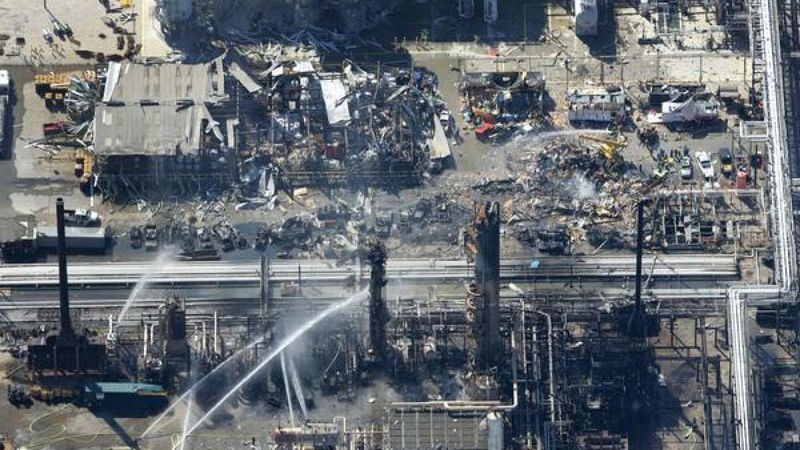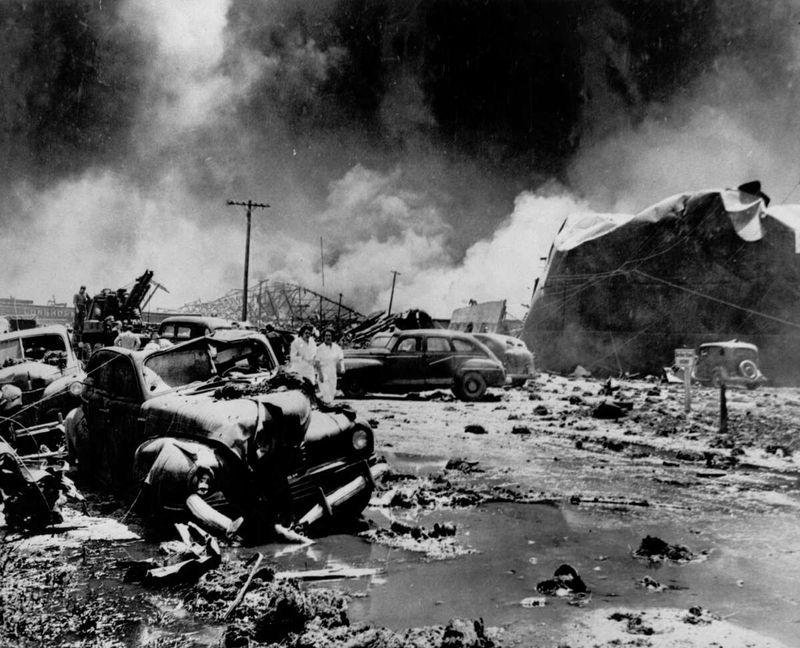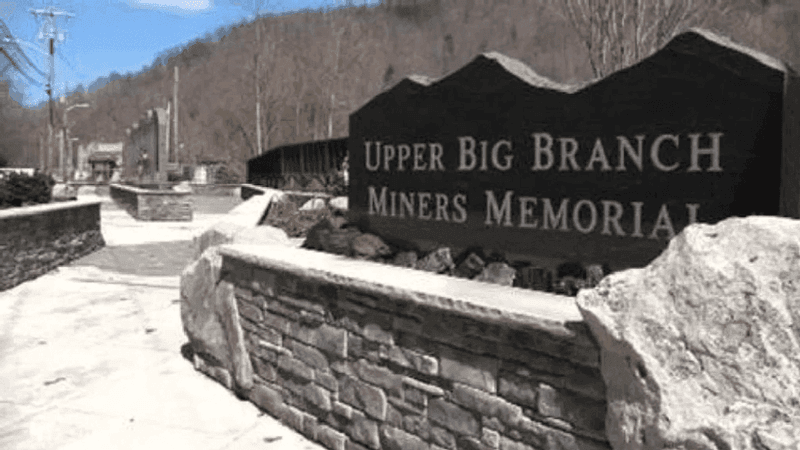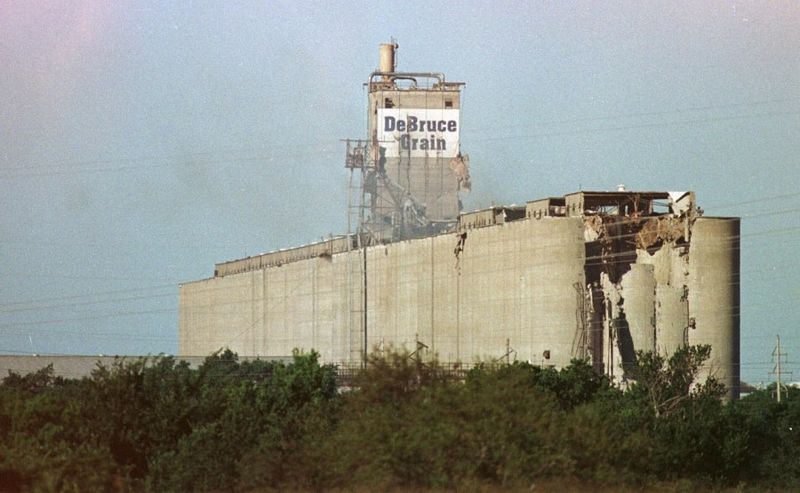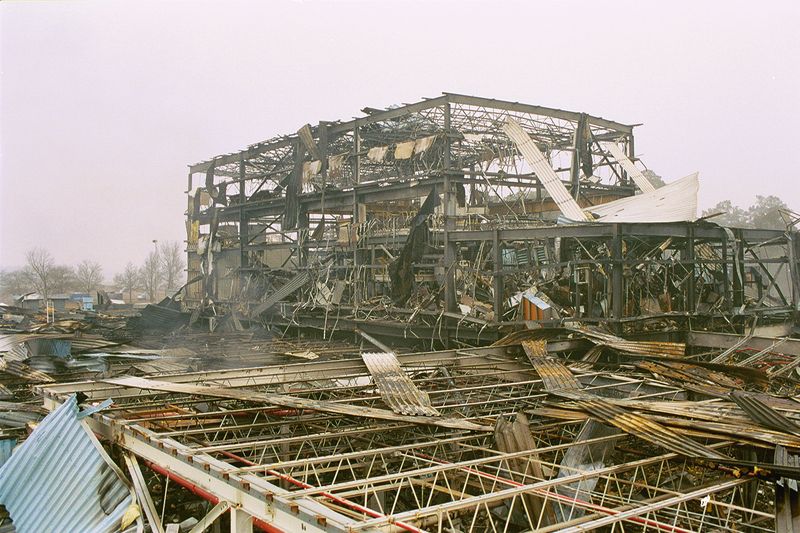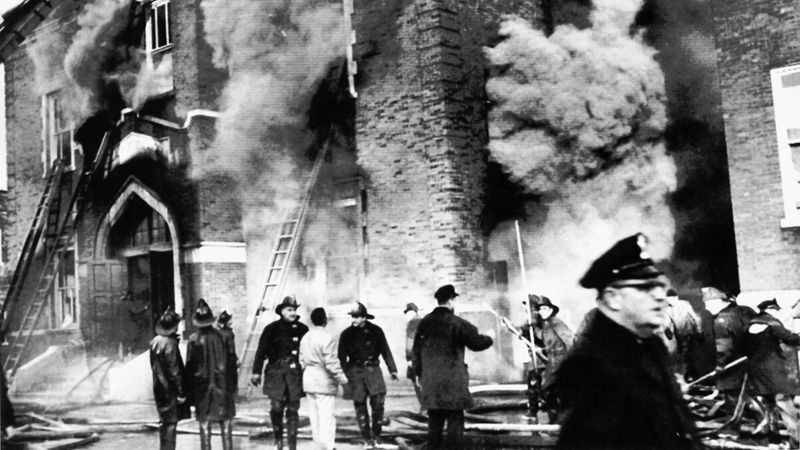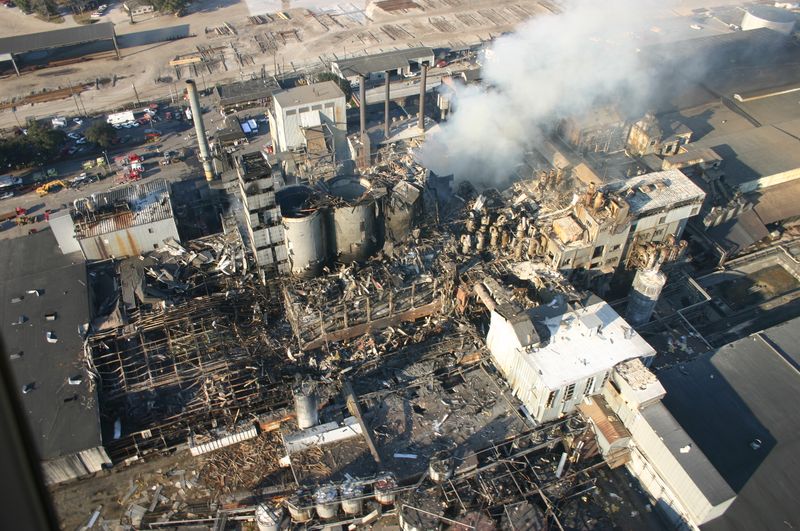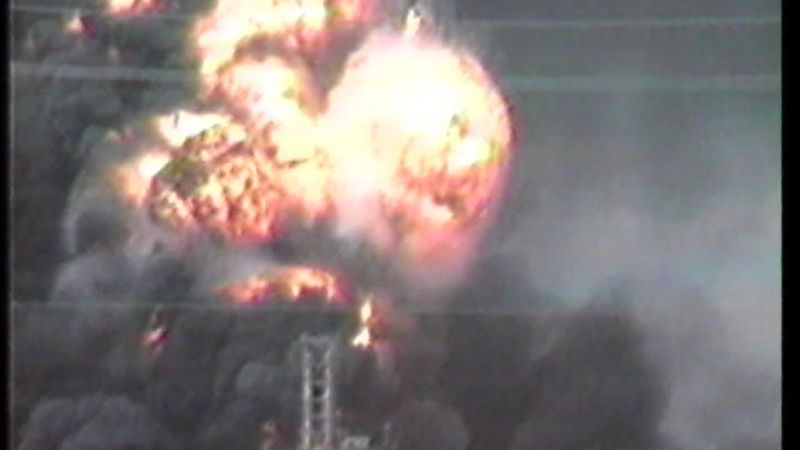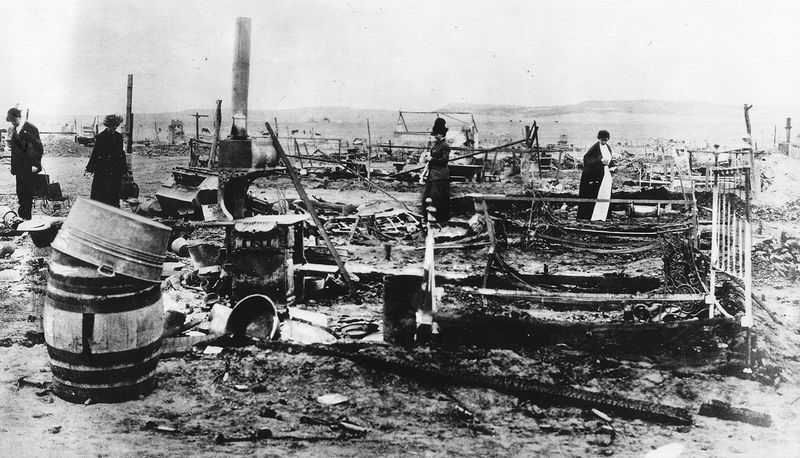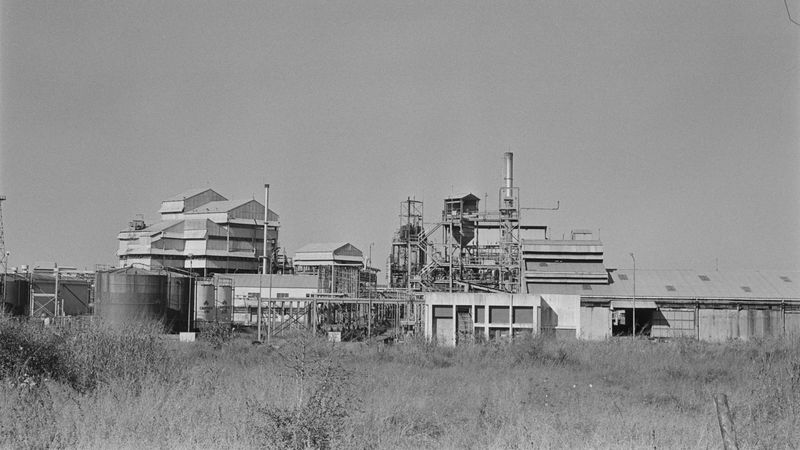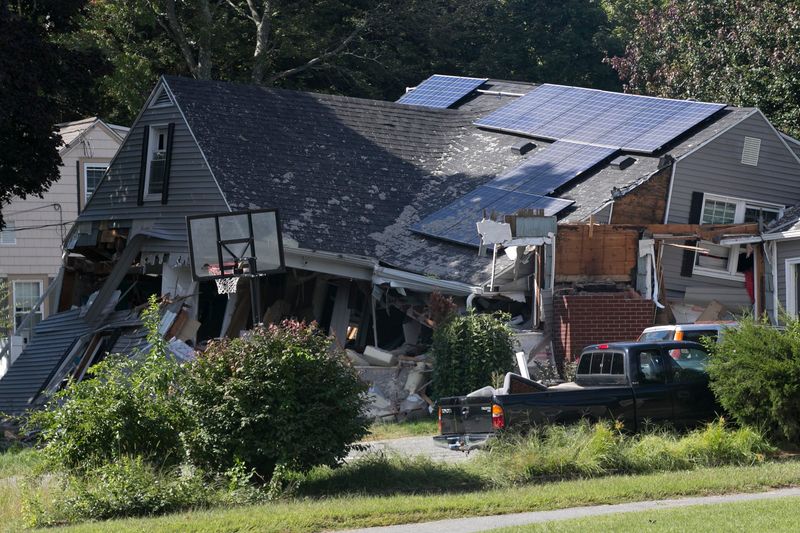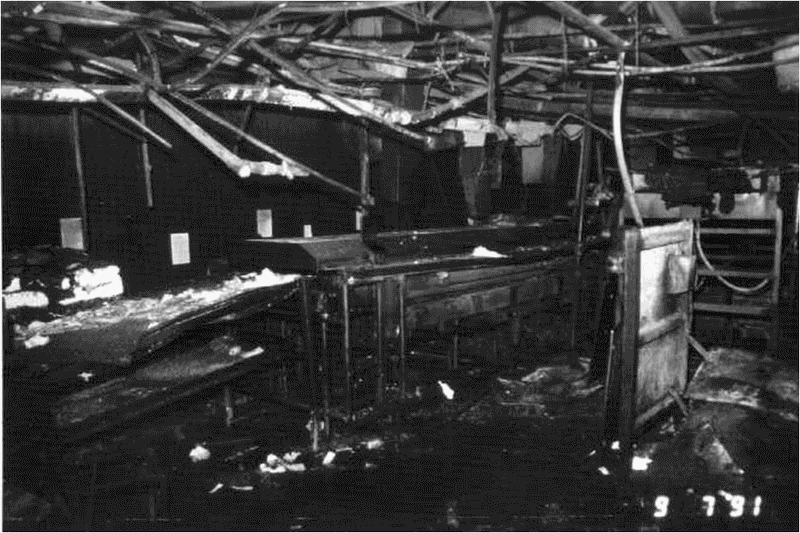Throughout U.S. history, devastating explosions have not only claimed lives but also catalyzed significant reforms in safety laws and regulations. These tragic events exposed critical vulnerabilities in industrial practices, prompting legislative and procedural changes aimed at preventing future disasters.
1. Monongah Mine Disaster (1907)
December 6, 1907, marked a coal mining tragedy in Monongah, West Virginia. An underground explosion resulted in the loss of 362 miners, bringing to light the lethal dangers of coal dust and methane gas.
The disaster was a pivotal moment for mine safety. It led to the establishment of the U.S. Bureau of Mines in 1910, tasked with overseeing and improving mine safety practices across the United States.
2. Triangle Shirtwaist Factory Fire (1911)
The Triangle Shirtwaist Factory Fire on March 25, 1911, stands as a grim reminder of industrial negligence. Located in New York City, the factory fire claimed 146 lives, many of whom were young immigrant women.
Public outrage over locked exits and lack of safety measures led to significant reforms. New fire safety and labor laws were swiftly implemented, reshaping the landscape of workplace safety standards.
3. Port Chicago Disaster (1944)
On July 17, 1944, a tragic explosion rocked the naval munitions depot in Port Chicago, California, killing 320 sailors, predominantly African American. This disaster highlighted racial inequities and unsafe handling procedures for munitions.
The incident spurred desegregation efforts within the military. Improved munitions handling procedures were also implemented, setting new standards for military operations.
4. Farmington Mine Disaster (1968)
The Farmington Mine Disaster occurred on November 20, 1968, in West Virginia’s Consol No. 9 mine. A catastrophic methane gas explosion claimed 78 lives, underscoring the persistent dangers in underground mining.
This tragedy led to the Federal Coal Mine Health and Safety Act of 1969. This act significantly enhanced safety standards and enforcement measures within the mining industry.
5. Scotia Mine Explosions (1976)
In March 1976, the Scotia Mine in Kentucky was the site of two devastating explosions. These tragic events took the lives of 26 miners, agitating public concern over mine safety.
Prompted by these incidents, the Federal Mine Safety and Health Act of 1977 was enacted. This act transferred mine safety oversight to the Department of Labor, marking a new era in safety management.
6. Texas City Refinery Explosion (2005)
On March 23, 2005, a vapor cloud explosion at BP’s Texas City refinery resulted in the deaths of 15 workers and injuries to over 170 others. The incident exposed systemic safety failures within the petrochemical industry.
Subsequent investigations led to significant fines and industry-wide safety reforms. The tragedy underscored the need for stricter regulatory enforcement and improved safety protocols.
7. Texas City Disaster (1947)
The Texas City Disaster remains one of the deadliest industrial accidents in U.S. history. On April 16, 1947, the SS Grandcamp, laden with ammonium nitrate, detonated in Texas City, Texas. The explosion claimed over 580 lives and wreaked havoc on the surrounding area.
This catastrophe was a turning point in the regulation of hazardous materials. It led to the first class-action lawsuit against the U.S. government. Consequently, stricter regulations on the storage and transport of hazardous materials were enacted, changing safety standards forever.
8. Upper Big Branch Mine Disaster (2010)
The Upper Big Branch Mine Disaster occurred on April 5, 2010, in West Virginia, claiming the lives of 29 miners. The explosion highlighted severe regulatory lapses and inadequacies in mine safety enforcement.
In the wake of the disaster, there were widespread calls for stricter enforcement of safety laws. This event became a catalyst for legislative change aimed at improving conditions in the mining industry.
9. DeBruce Grain Elevator Explosion (1998)
On June 8, 1998, the DeBruce Grain Elevator in Kansas experienced a series of catastrophic dust explosions, resulting in seven fatalities. The disaster highlighted the dangers associated with grain dust.
This incident led to the implementation of enhanced safety protocols in grain handling and storage facilities. The changes aimed to prevent similar tragedies and protect workers’ lives.
10. West Pharmaceutical Plant Explosion (2003)
January 29, 2003, saw a catastrophic explosion at the West Pharmaceutical Plant in North Carolina, claiming six lives. The accumulation of combustible dust was identified as the primary cause of the disaster.
In response, stricter regulations on dust hazards in industrial settings were introduced. This event underscored the importance of recognizing and mitigating workplace hazards effectively.
11. Our Lady of the Angels School Fire (1958)
The tragic fire at Our Lady of the Angels School on December 1, 1958, in Chicago resulted in 95 fatalities, mostly children. The fire exposed significant inadequacies in school building safety codes.
This event led to a nationwide overhaul of fire safety codes and building standards for schools. The changes aimed to ensure such a tragedy would never happen again.
12. Imperial Sugar Refinery Explosion (2008)
On February 7, 2008, a devastating dust explosion at the Imperial Sugar Refinery in Georgia killed 14 workers. This incident brought attention to the dangers of combustible dust in industrial environments.
The explosion resulted in increased awareness and stricter regulation of dust hazards across industries. It served as a catalyst for regulatory changes that aimed to protect worker safety more effectively.
13. Phillips 66 Plant Explosion (1989)
October 23, 1989, marked a catastrophic explosion at the Phillips 66 chemical plant in Texas, resulting in 23 fatalities. The scale of the disaster underscored the need for improved safety protocols in chemical plants.
The incident led to the development of the Process Safety Management standard by OSHA. This standard aimed to prevent such disasters by enhancing safety measures within the chemical industry.
14. Ludlow Massacre (1914)
The Ludlow Massacre on April 20, 1914, involved a violent confrontation between striking coal miners and the Colorado National Guard. The tragic event resulted in numerous deaths, including women and children.
This massacre became a catalyst for labor reforms and improved working conditions. It highlighted the need for better protection of workers’ rights and safety in industrial settings.
15. Bhopal Disaster (1984)
Although the Bhopal Disaster occurred in India on December 3, 1984, its effects resonated worldwide. The gas leak at a Union Carbide plant resulted in thousands of deaths and long-term health impacts.
In response, the U.S. implemented stricter chemical safety regulations. This disaster highlighted the global implications of industrial safety and the importance of regulatory oversight.
16. Columbia Gas Explosions (2018)
On September 13, 2018, a series of gas explosions in Massachusetts damaged numerous homes and caused chaos. The incident underscored significant safety lapses within the natural gas infrastructure.
This disaster led to new federal pipeline safety regulations. It highlighted the necessity for stringent oversight and improved safety measures for pipeline operations.
17. Hamlet Chicken Processing Plant Fire (1991)
On September 3, 1991, a catastrophic fire at the Hamlet Chicken Processing Plant in North Carolina killed 25 workers. Locked exits and safety violations were glaring factors in the tragedy.
In the wake of the fire, there were significant changes in workplace safety enforcement. The event served as a crucial turning point in the protection of workers’ rights and workplace safety standards.
